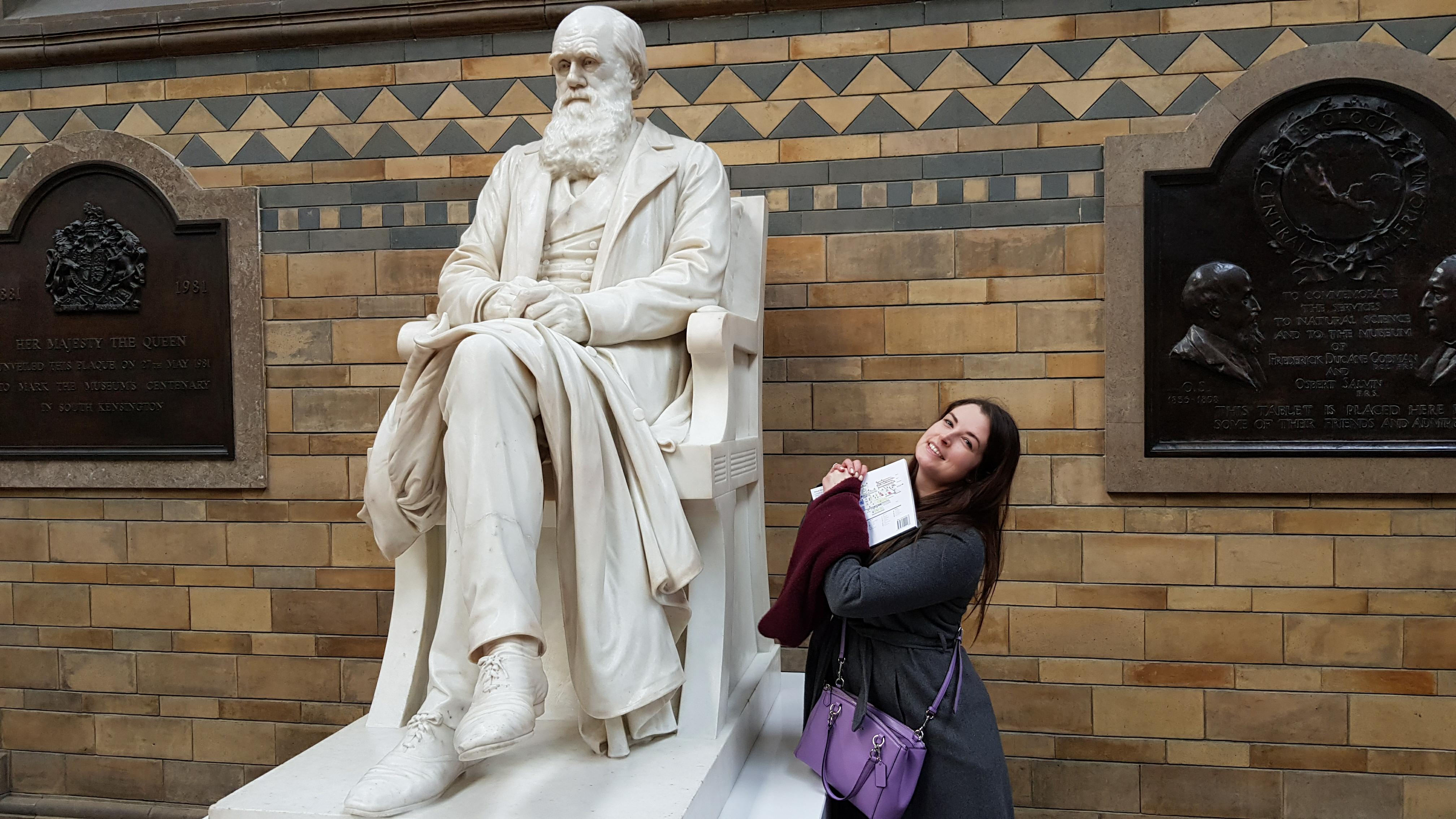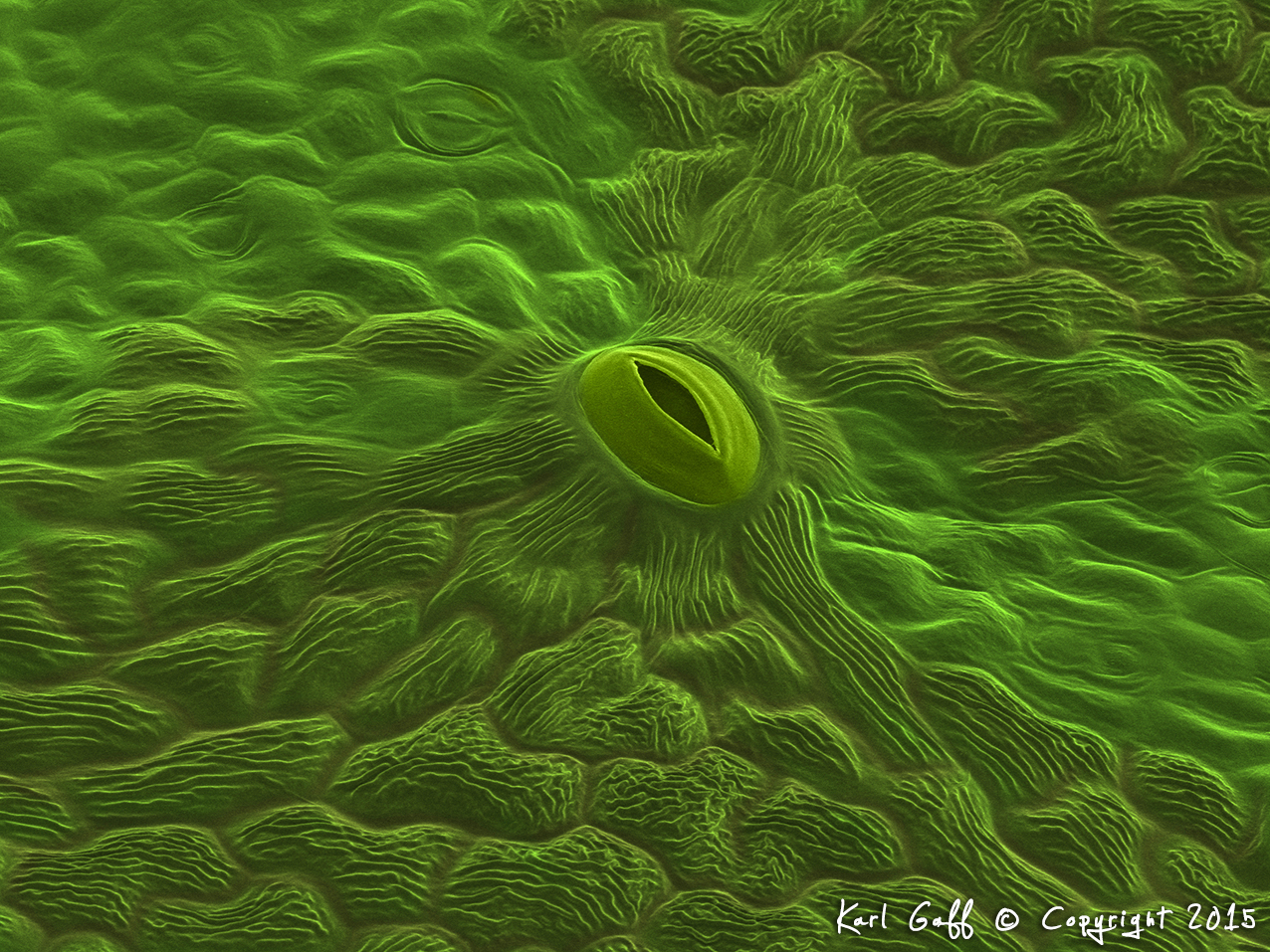Tucked away safely in the archive of the British Museum is a nondescript piece of rock crystal. It’s oval in shape and measures 4.2 centimetres by 3.45 centimetres. It dates back to 750BC-710BC and was discovered in Iraq in 1850 by the archaeologist Austen Henry Layard. Known officially as the Nimrud lens (or the Layard lens) and it is credited by many as being the earliest known manufactured lens.
Theories surrounding its use include it being a magnifying lens or a lens used to start fires with by concentrating the suns rays. However, there is still some debate about the actual function of this piece of crystal. Some people believe that it’s magnifying properties are just coincidental, and that it was originally part of an inlay on a piece of furniture.
The evidence for
The lens is made of rock crystal – also known as quartz – which is known to have been used in lens manufacturing for centuries. Quartz is reknowned for , which are important requirements for optics and lens grinding. Quartz is also more stable and robust than glass (especially ancient glass) and crystal lenses are known to retain their shape and characteristics over time better than glass lenses do. The Nimrud lens was found in modern day Iraq, a region originally known as Assyria. The Assyrians were known to be glass makers, having written some of the first manuals on glass making around 650BC. They had highly developed art and crafts, and craftsmen could reasonably have used magnifying lenses for their work. The crystal has been ground to be flat (planar) on one side and convex on the other. It has a focal distance of 12 cm and a magnification of approximately 3x.
The evidence against
The Nimrud lens has been ground into shape, so it was made for some defined purpose. When we consider its optical quality though, the argument for it being manufactured for optics starts to wane. There are a number of flaws in the crystal. The grinding process opened twelve small cavities in the lens surface, which would have impeded clear viewing, making it a poor quality lens. Although, perhaps it was a practice piece done by an apprentice? The curators at the British Museum note that there is no evidence that the Assyrians were using lenses at that time, but absence of proof is not proof of absence. Austen Layard found the lens amongst a pile of blue glass, which suggests that it was an ornamentation.
My opinion
To me the evidence points to decoration, although I wish that this really was an optical lens. I love the idea of it being shaped and the craftsman maybe, even just for a moment, looking through it and enjoying it as a mini-magnifier. The main piece of evidence that suggests to me that it is ornamentation and not a lens is the number of flaws in the crystal.
**Image reproduced withe the permission of the British Museum**



